Self-Guided Walk (45 min)
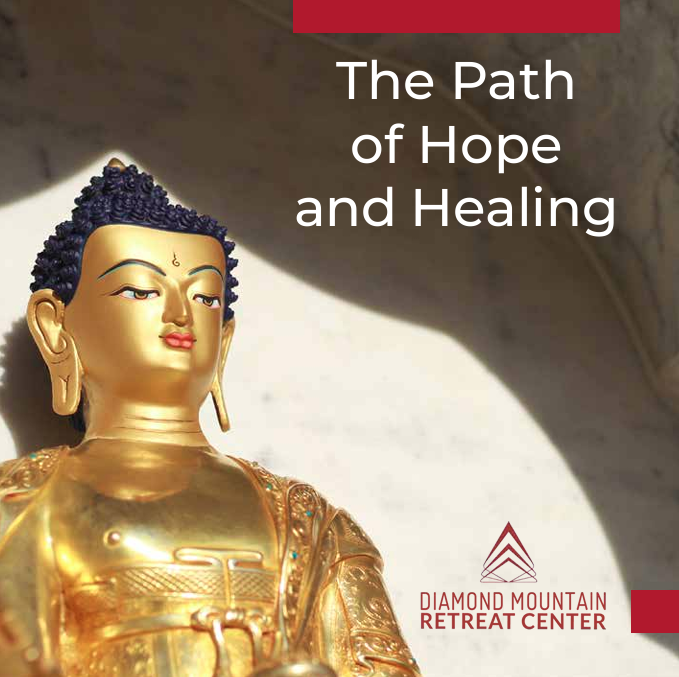
We would like to enhance your pilgrimage by providing you with background information on everything you will experience on the path.
You will find the information for each stop below – or if your internet connection is not stable, you can download it as a PDF and read it along the way.
By reading the booklet you can also personalize the Path of Hope and Healing just for you!
To help us maintain and care for Diamond Mountain, we suggest a donation of $15 per person.
Walk the Path with Google Maps
Please click on the numbers for more information
1) Welcome to Diamond Mountain and the Medicine Buddha Pilgrimage
ALL RIVERS FLOW TO THE SAME OCEAN

INDEPENDENT OF YOUR
WHILE WE ARE DEDICATED TO
Medicine Buddha Pilgrimage
The Medicine Buddha Marble Stupa Project is an audacious and ambitious project to create a pilgrimage destination for people to focus on bringing healing and peace to themselves, their relationships, and the world through ancient wisdom.
This project encompasses taking marble from the neighboring marble quarry and creating seven unique and magnificent stupas that each honor the Medicine Buddhas. There are several “Medicine Buddhas” —seven plus one, in fact. The eighth is Shakyamuni Buddha, the historical Buddha of our era—who taught us the Dharma. These Stupas will be connected by a pilgrimage path all the way up McCullough peak!
A pilgrimage is a sacred journey, undertaken for a spiritual purpose. Pilgrimages frequently involve a journey or search for moral or spiritual significance. It is a search for meaning, purpose, values, or truth (and in this sense, like life). One of the most important reasons for going on pilgrimages and seeing places of spiritual importance is to meet other seekers who follow a spiritual path and see how they live.
Pilgrimage usually entails some separation (alone or in a group) from the everyday world of home. Typically, it is a journey to a shrine or other location of importance to a person’s beliefs and faith. Pilgrims are different from tourists: they travel for spiritual reasons, not just to relax or for fun.
We fully believe in the potential of every person to transform his or her life through compassion, wisdom, and meditation. The Medicine Buddha pilgrimage is an unparalleled opportunity to do this!
2) Buddhist Temple
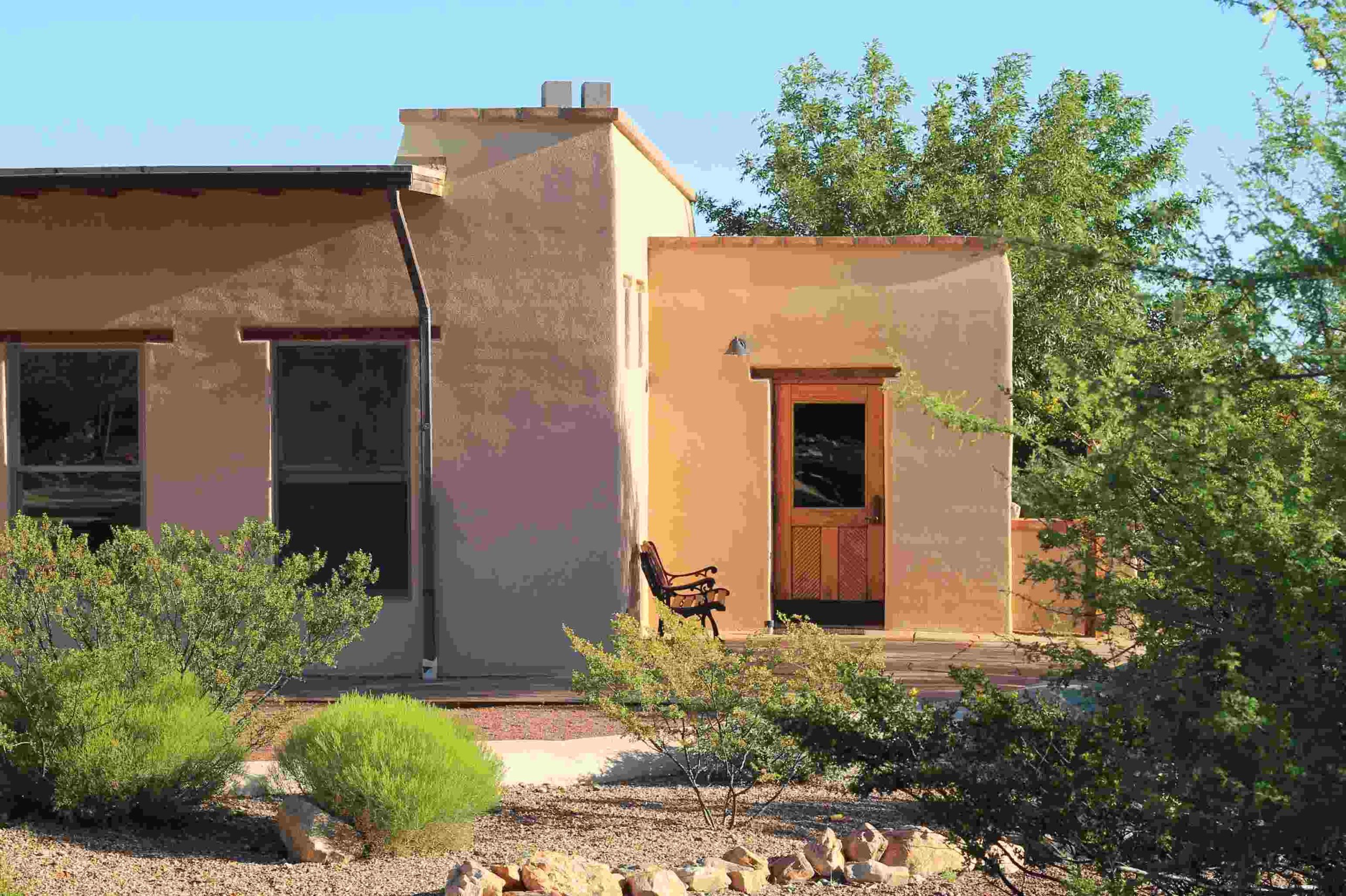
WHAT IS THIS
WHY IS IT HERE
HOW DO I INTERACT
- Temple étiquette
- Wear appropriate clothing
- No shoes are to be worn inside.
- Special books should be kept off the floor.
- Sit with your legs crossed on the floor (or on a chair if that is more comfortable for you), and do not straighten out your legs (this is a sign of disrespect, so it is lying down).
- If you feel comfortable you may bow to the statue of Buddha and make offerings (incense and flowers are typical)
- Sit down for a moment and contemplate.
CONTEMPLATE
pilgrimage?
3) Prayer Wheel
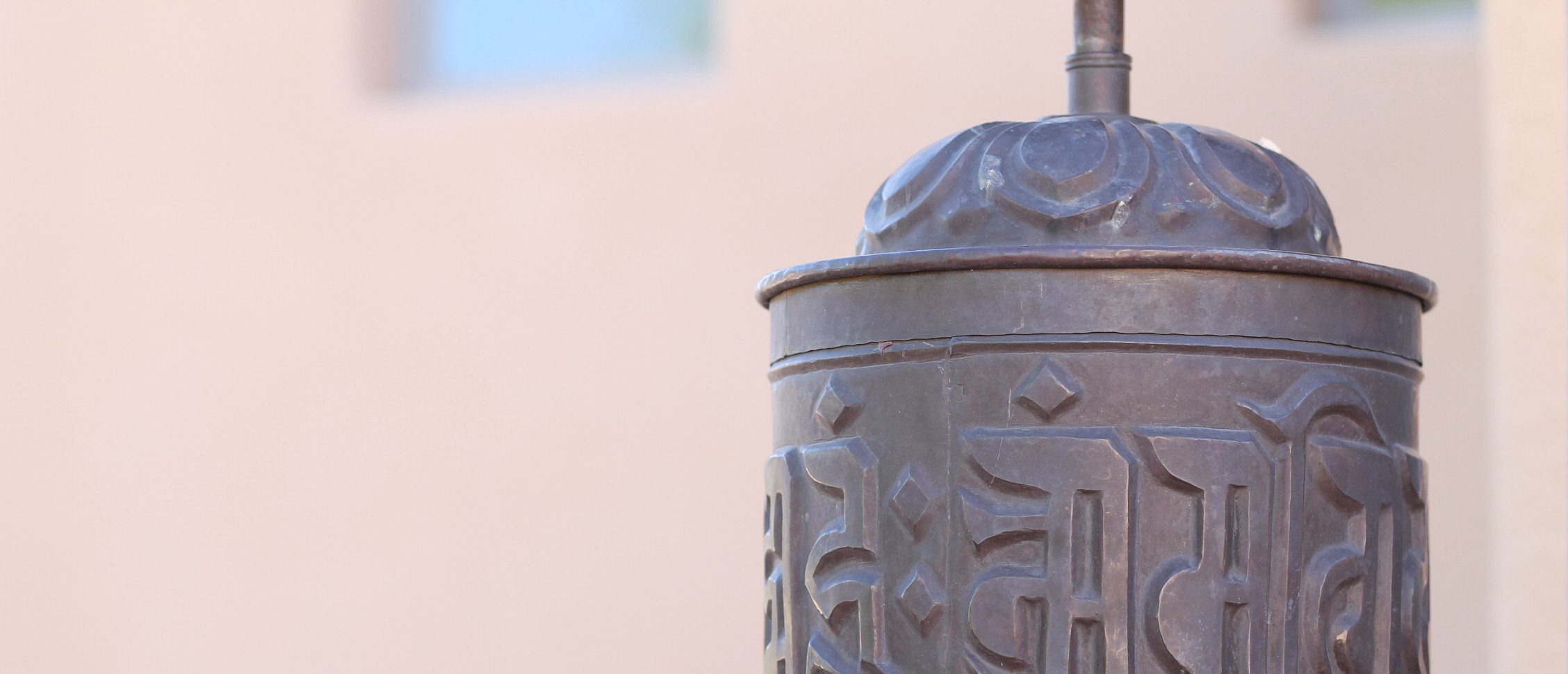
WHAT IS THIS
At the core of the cylinder is a “life tree” often made of wood or metal with certain mantras written on or wrapped around it. Many thousands (or in the case of larger prayer wheels, millions) of mantras are then wrapped around this life tree. According to the Tibetan Buddhist tradition based on the lineage texts regarding prayer wheels, spinning such a wheel will have much the same meritorious effect as orally reciting the prayers.
WHY IS IT HERE
HOW DO I INTERACT
Spin it clockwise!!
The spiritual method for those practicing with a prayer wheel is very specific (with slight variations according to different Buddhist schools). The practitioner most often spins the wheel clockwise, as the direction in which the mantras are written is that of the movement of the sun across the sky. Diamond Way practitioners spin prayer wheels counterclockwise on rare occasions to manifest more powerful protective energy.
CONTEMPLATE
good wishes! Imagine those wishes flying out into the world and reaching your
loved ones. See them smile and be filled with joy.
4) Memorial Garden
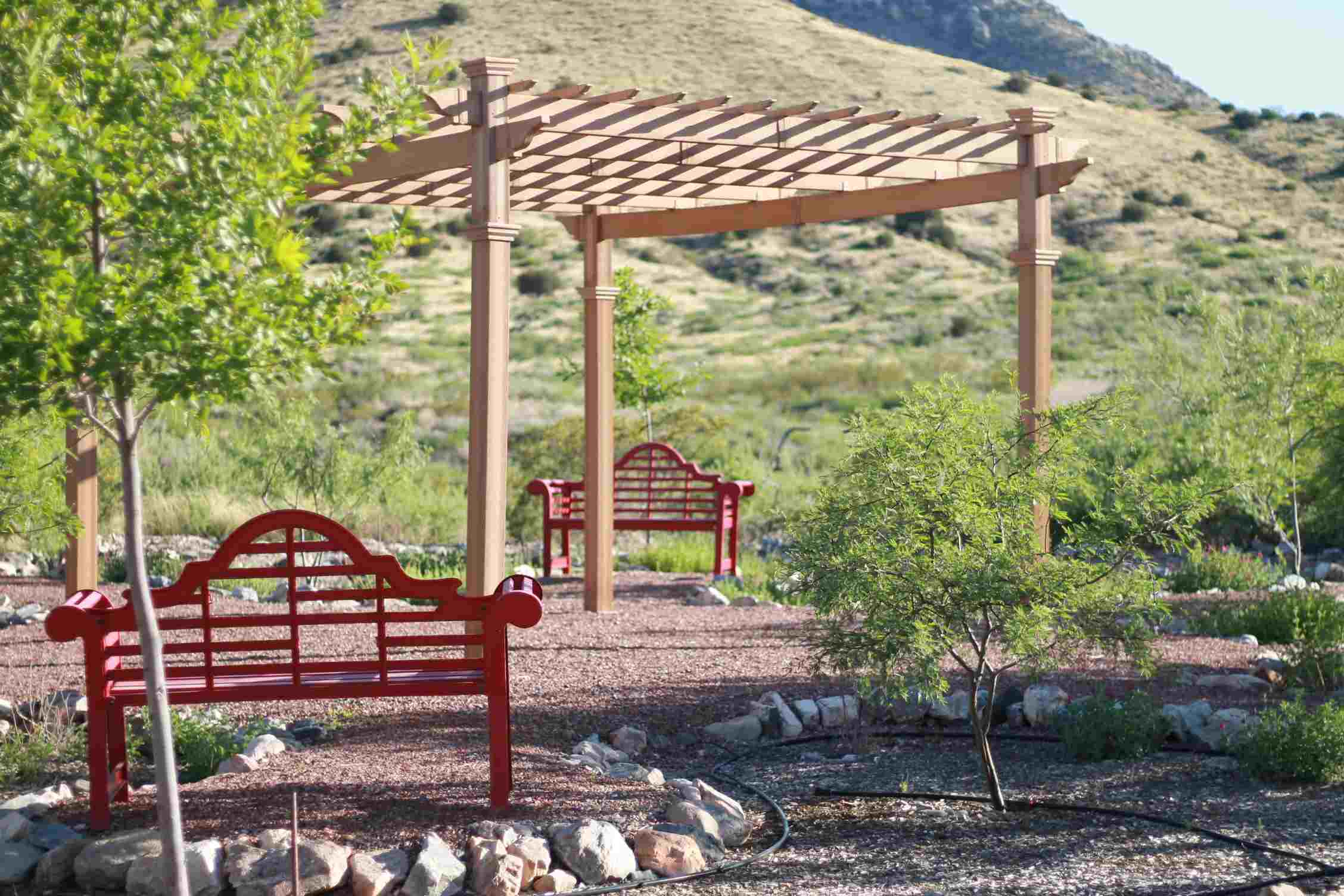
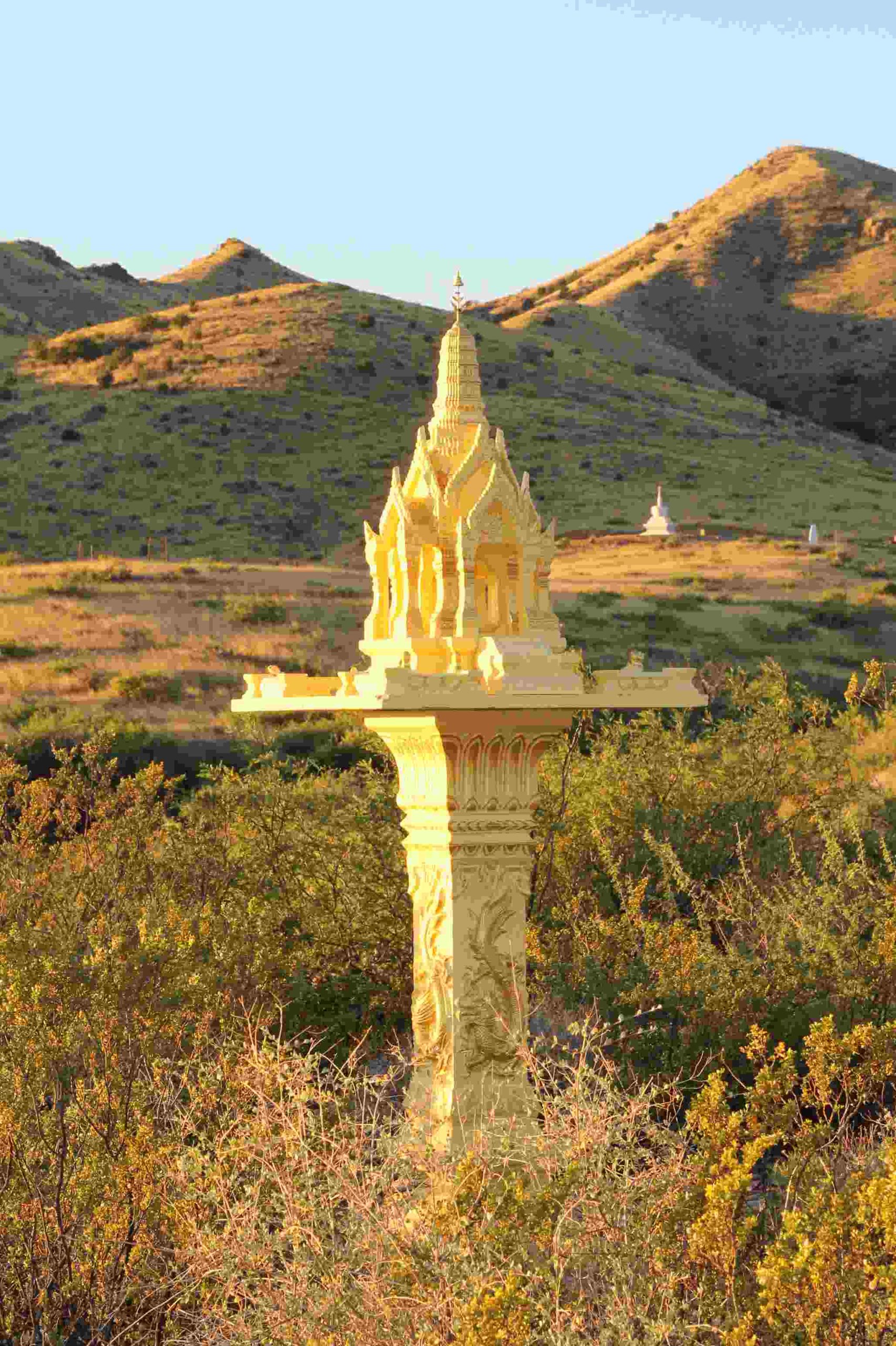
WHAT IS THIS
Dealing with the loss of a loved one is a challenge that nearly everyone will experience during his or her lifetime. While the only way to heal from a loss is with time, creating a memorial garden in honor of your loved one is an inspirational way to pay tribute to their life while giving you a quiet place to remember your loved one.
Plants in the Memorial Garden are:
- Velvet Mesquite
- Desert Willows
- Greg’s Mistflower
- Salvia lemmonii
- Mexican Bird of Paradise
WHY IS IT HERE
HOW DO I INTERACT
The memorial garden in Diamond Mountain, kindly donated by Aronov Family is intended to help you to deal with your grief in a constructive way. And maybe you are inspired to create your own at home.
CONTEMPLATE
5) A Bell, Stupa & Tara
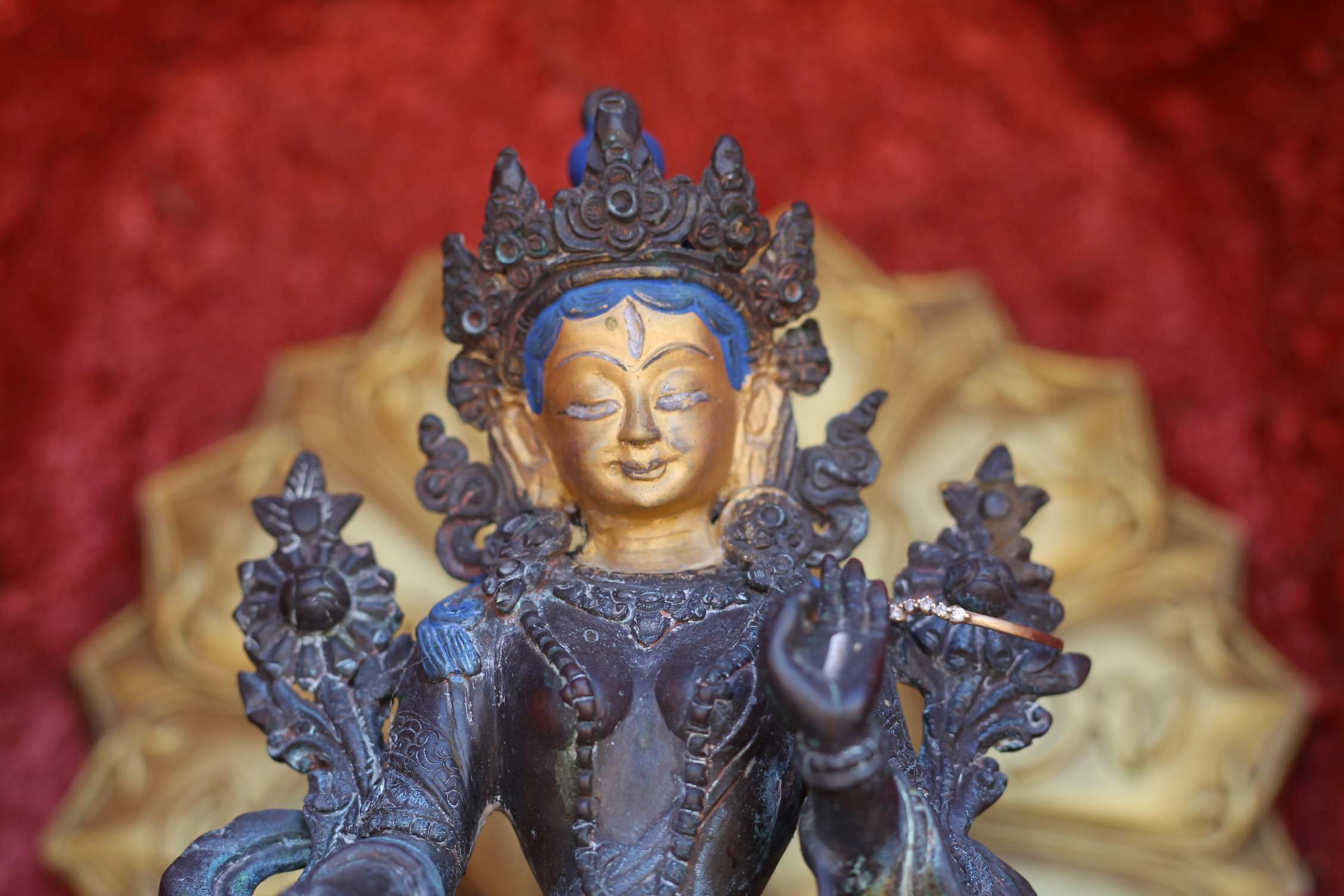
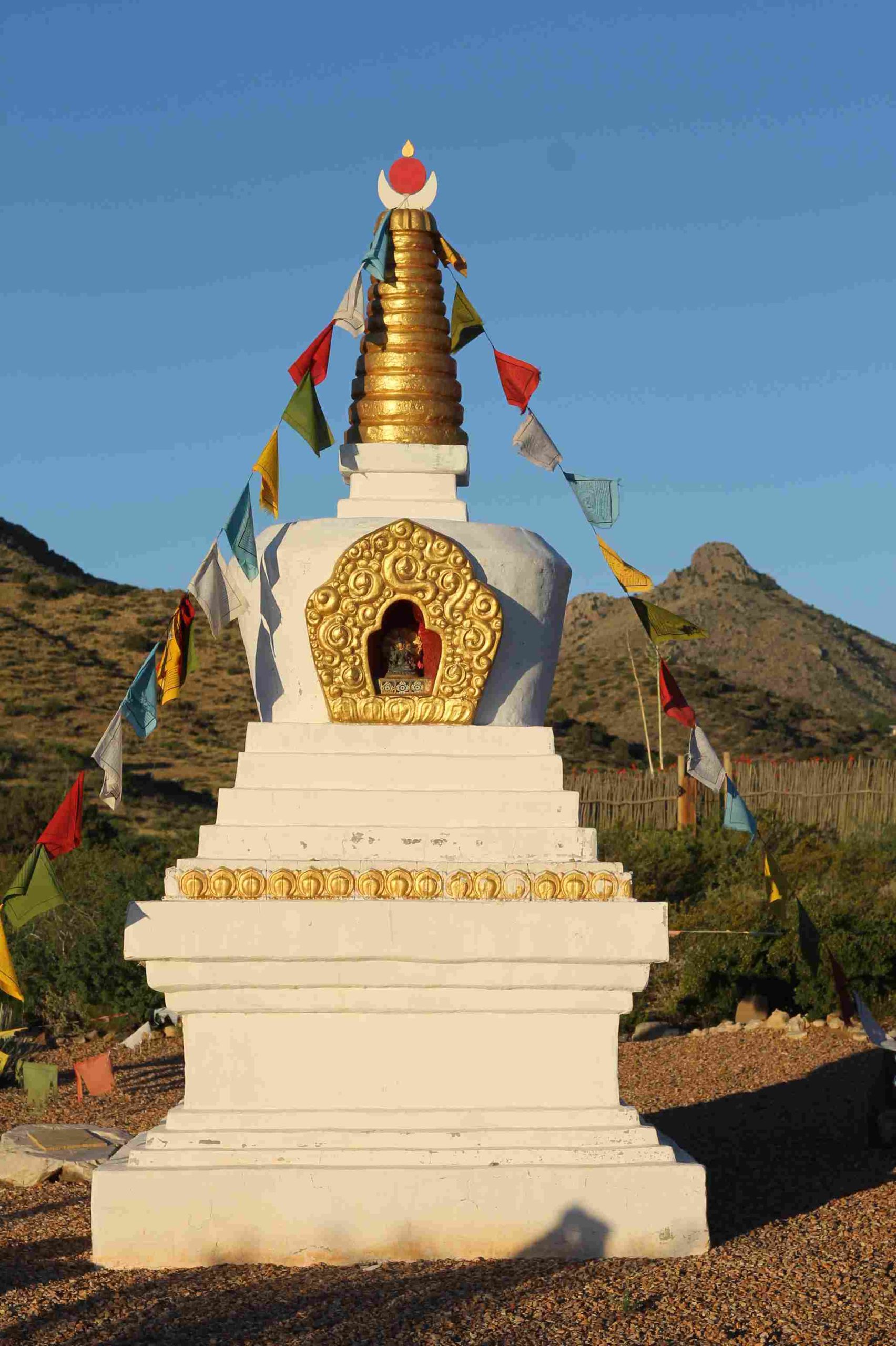
WHAT IS THIS
There are five types of stupas: Relic stupas, Object stupas, Commemorative stupas, Symbolic stupas, and Votive stupas. A stupa is thought to bring enlightenment to the one who builds it and gets to visit it! No matter which one you see, remember that it is a huge blessing to interact with such a beautiful structure.
WHY IS IT HERE
HOW DO I INTERACT
It is traditional and customary to circumambulate or walk around the stupa several times in a clockwise direction. Circumambulation is a devotional practice, and Buddhists circumambulate to show devotion, pay tribute, cultivate their minds, and accumulate merit…feel free to give it a try!
CONTEMPLATE
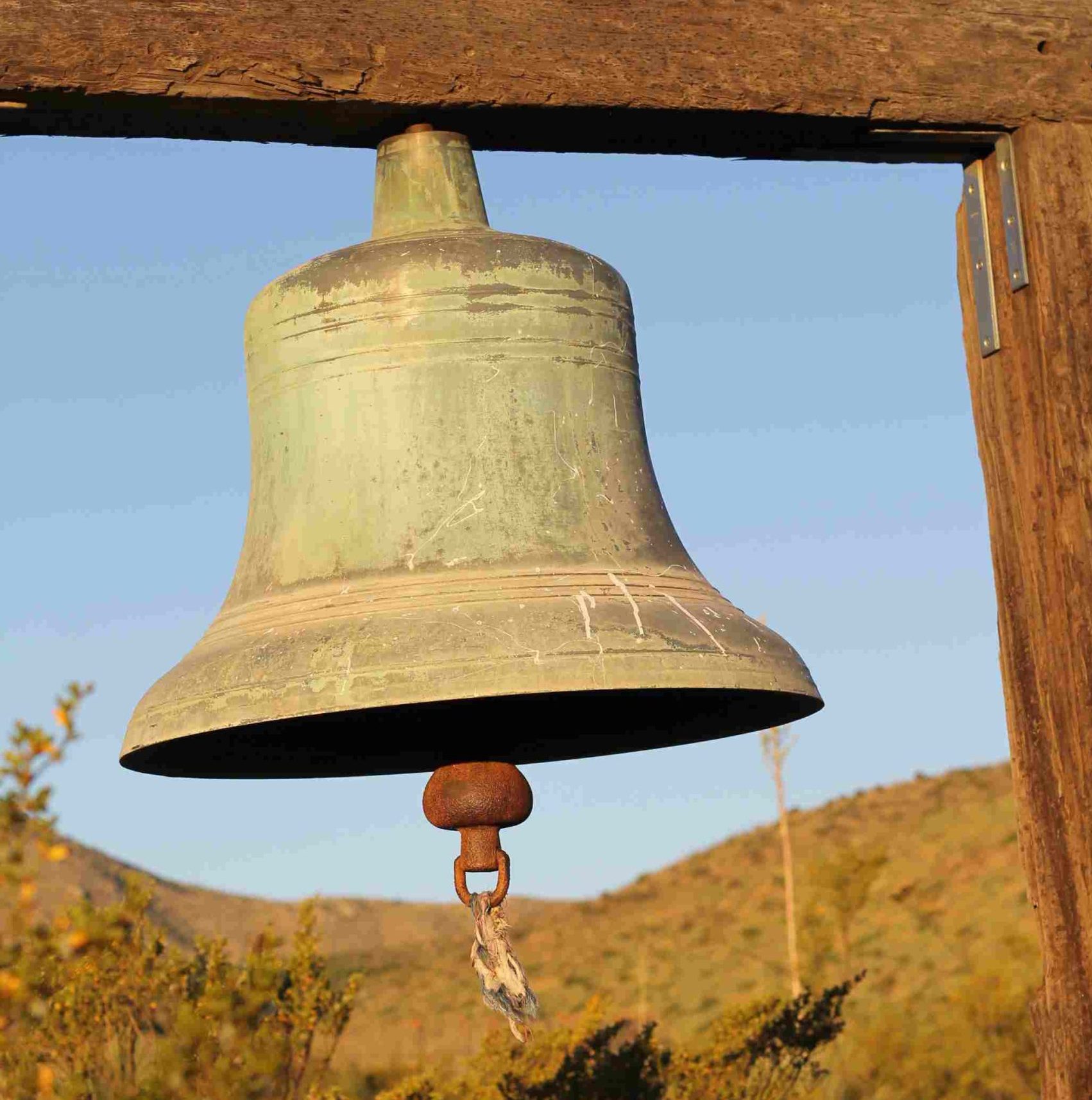
6) Native American Medicine Wheel & Garden
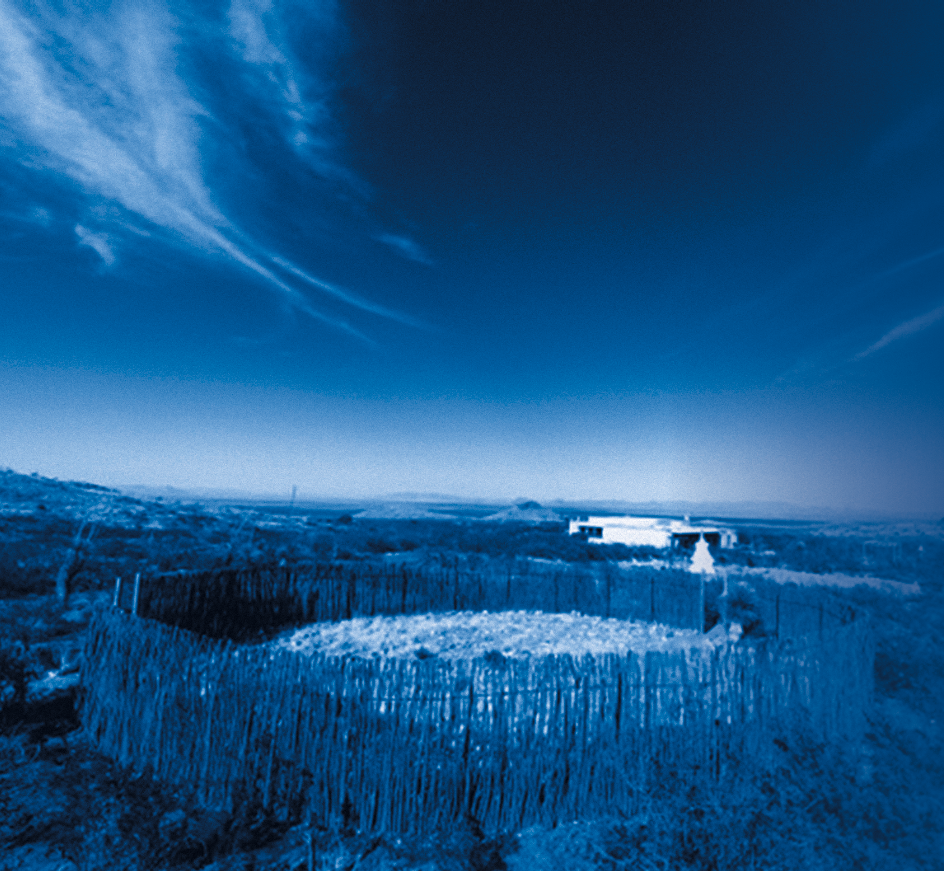
WHAT IS THIS
WHY IS IT HERE
HOW DO I INTERACT
Admire the subtle beauty of these plants – notice that their inherent power does not show on the outside.
CONTEMPLATE
7) Demonstration Garden
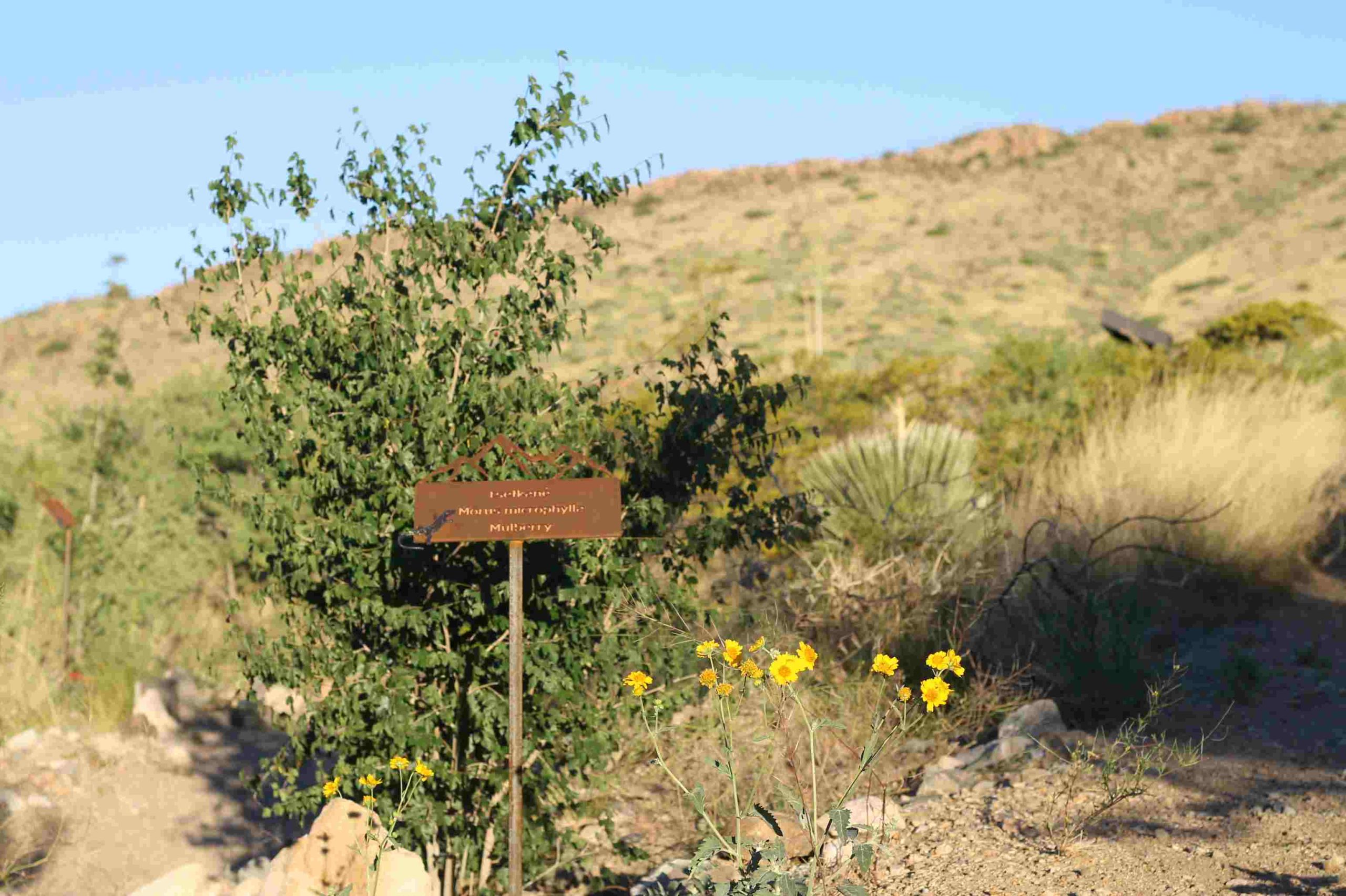
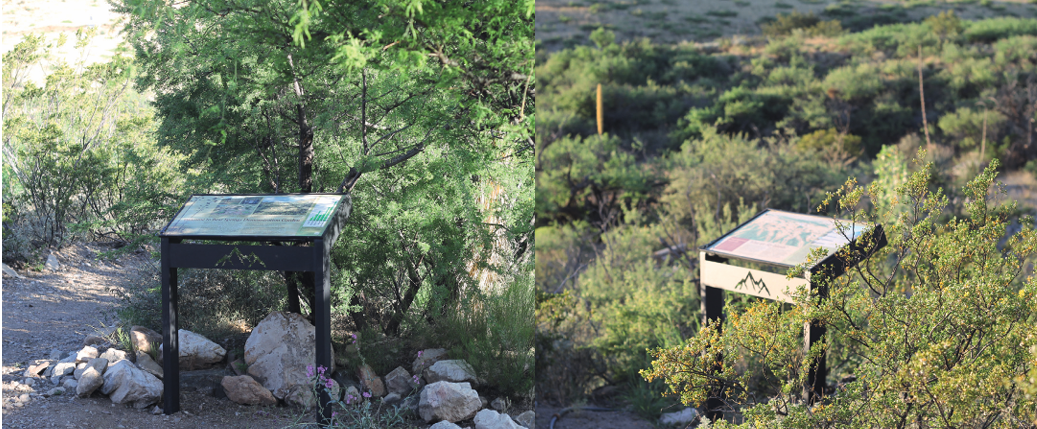
WHAT IS THIS
Bear Springs Ecological Restoration Plan – Site 1
The Bear Springs habitat is a high desert ecosystem with historically notable biodiversity that has been damaged by human activities. The five-part plan is designed to remedy the effects of these activities: erosion, soil degradation, species reduction, lowered aquifers and stress on ecologies. What you see here are site specific catchment models based on slope angles and contours, to slow rainwater as it falls for maximum local absorption. The designs keep soil in place and stop erosion, and catch organic leaf material that rebuilds soil vitality and protection from wind and heat. Irrigated and planted paths with interpretive signage at Site 1 will illustrate results and provide education for model emulation.
Plants in the Memorial Garden are:
Diamond Mountain wants to restore the ecosystem to a pre-colonization state and give all the animals their natural habitat back. The Demonstration garden shows this, and we hope that all the measurements like berms, dams, and seeding will have the same effect in the long term.
WHY IS IT HERE
HOW DO I INTERACT
Learn about the plants that are native to the area.
CONTEMPLATE
8) The Wash
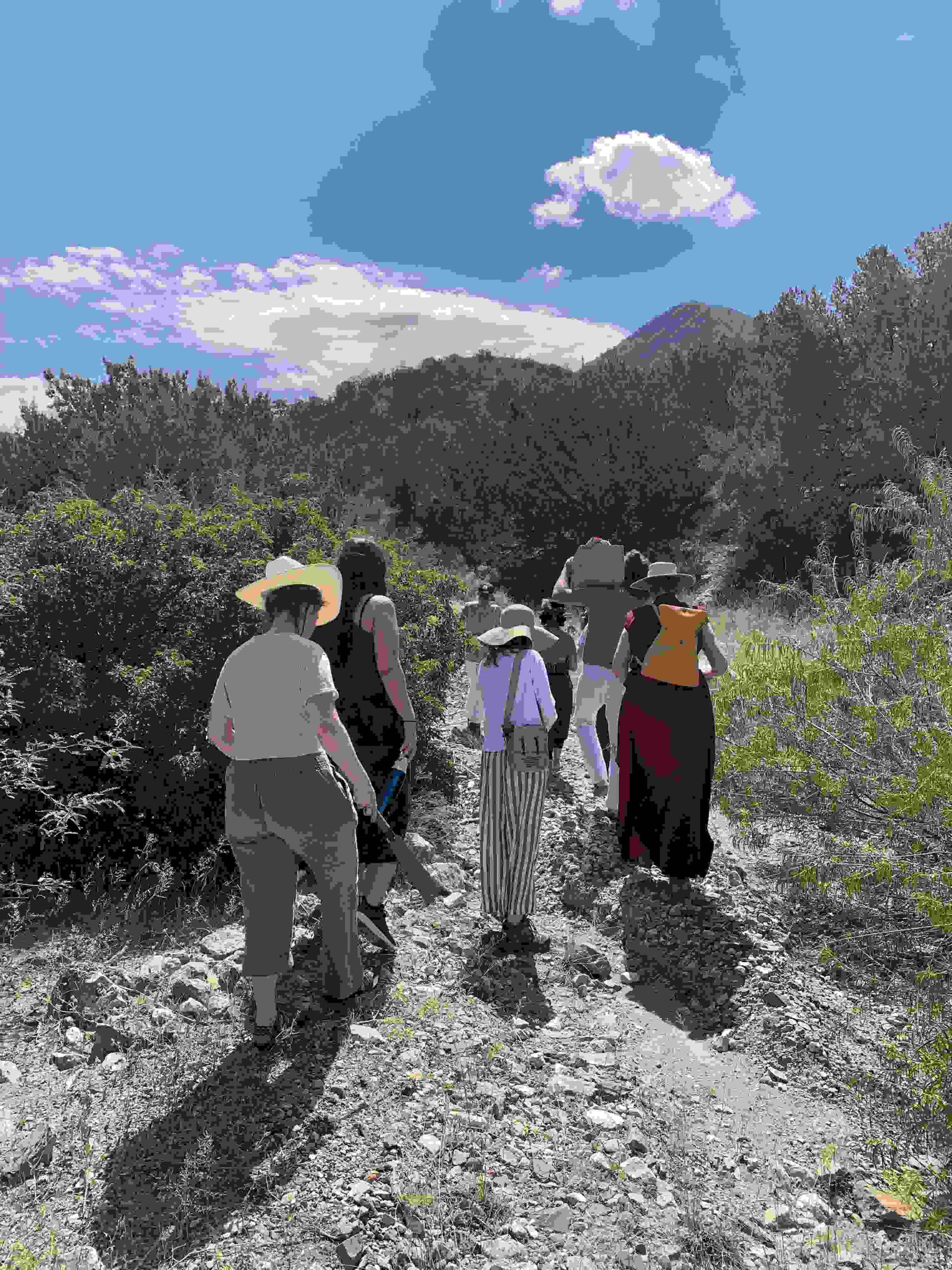
WHAT IS THIS
A wash is also known as an arroyo (/əˈrɔɪoʊ/; from Spanish arroyo Spanish: [aˈroʝo], “brook”), and is a dry creek, stream bed, or gulch that temporarily or
seasonally fills and flows after sufficient rain. Together with Border Land Restoration (BLR) and Skyharvest, Diamond Mountain received a grant to restore the land and
stop erosion in Diamond Mountain by slowing water down.
WHY IS IT HERE
HOW DO I INTERACT
Walk along it carefully and look out for the next stop.
CONTEMPLATE
constantly changing. What might you accept rather than fight against? Think about the cycles of your life and how you might do things differently.
9) Fire Ceremony Site
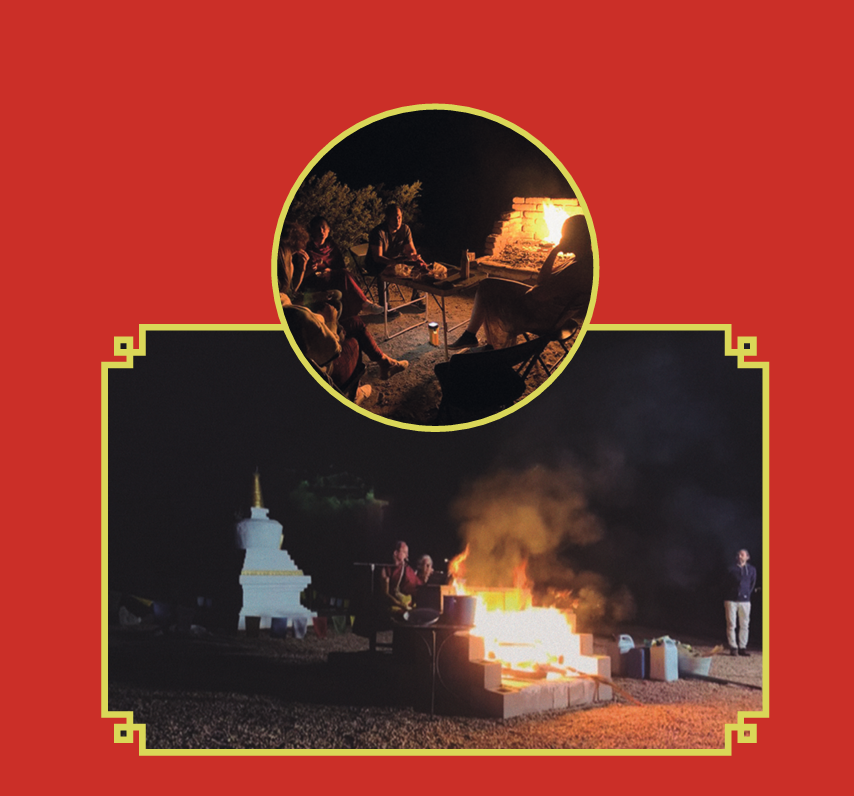
WHAT IS THIS
As with many ancient traditions (Hindu, Aboriginal, First Nations/Native Americans), fire is used in ritual practices that relate to healing and purification. In Buddhism, we have fire ceremonies with every full moon called Sojong. During formal retreats, there may be special fire pits built for burning ritual offerings.
WHY IS IT HERE
HOW DO I INTERACT
Slow down and contemplate how you have brought joy and healing to those around you today and how you might ‘do better’ in the future.
CONTEMPLATE
11) The Apaches
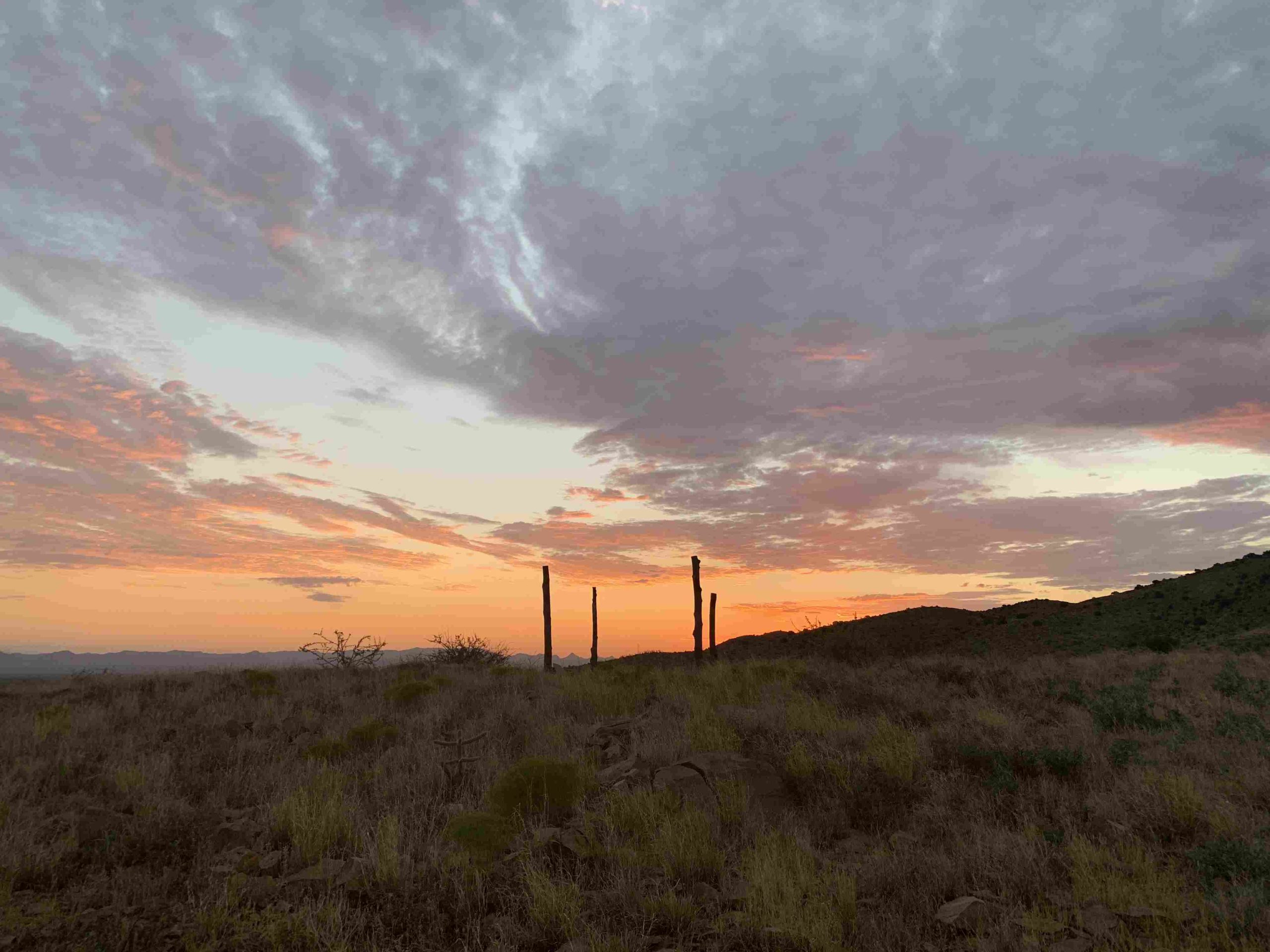
WHAT IS THIS
Welcome to Apache Holy Ground! You will see four poles marking a square and bordered by four cactus planted in the four directions. This ground was chosen and
blessed by local San Carlos Apache Religious Practitioners when they were invited by students of Diamond Mountain in 2005. Throughout millennia holy grounds have never been situated within populated communities, so this place was perfect. The purpose for Native American Holy Grounds is to serve as an outside church where Apache gather to pray. The prayers are songs, like hymns, to the Heavenly Father and all directions, drummed by four drummers while the others dance. Many Apache have frequented this consecrated ground, with the women dressed in colorful camp dresses, and prayers sung in the Apache language. Native American religious and spiritual leaders have led ceremonies and classes at Diamond Mountain for hundreds of Diamond Mountain visitors.
WHY IS IT HERE
HOW DO I INTERACT
Take a moment to contemplate the first peoples of this land. Please refrain from walking into the center of this structure and keep to the outside. It is considered sacred ground by the local Apache tribes and should not be recorded nor pictures be taken.
CONTEMPLATE
12) Supari Kīrtita Nāma Śrī Rāja. Good Name.
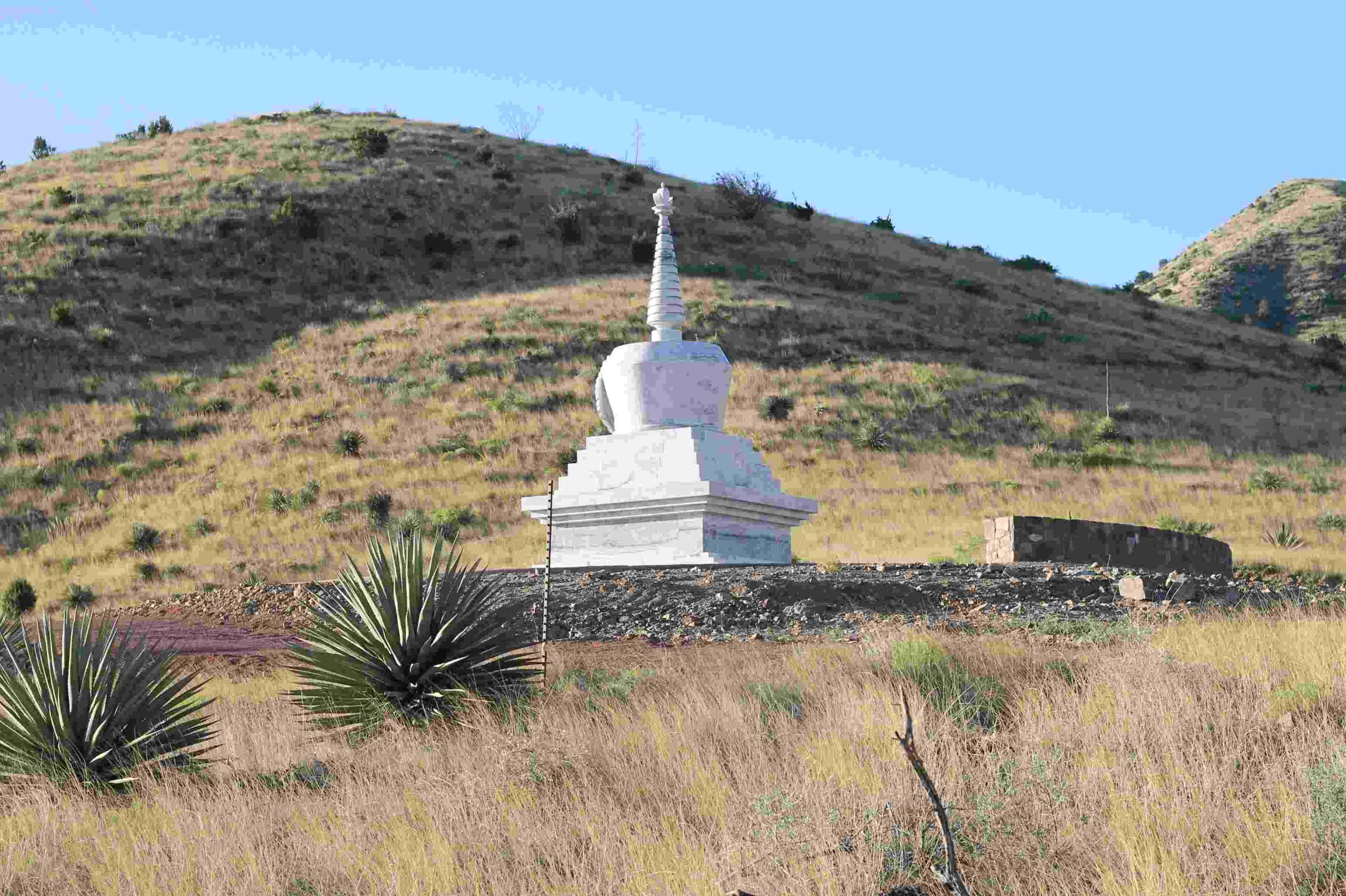
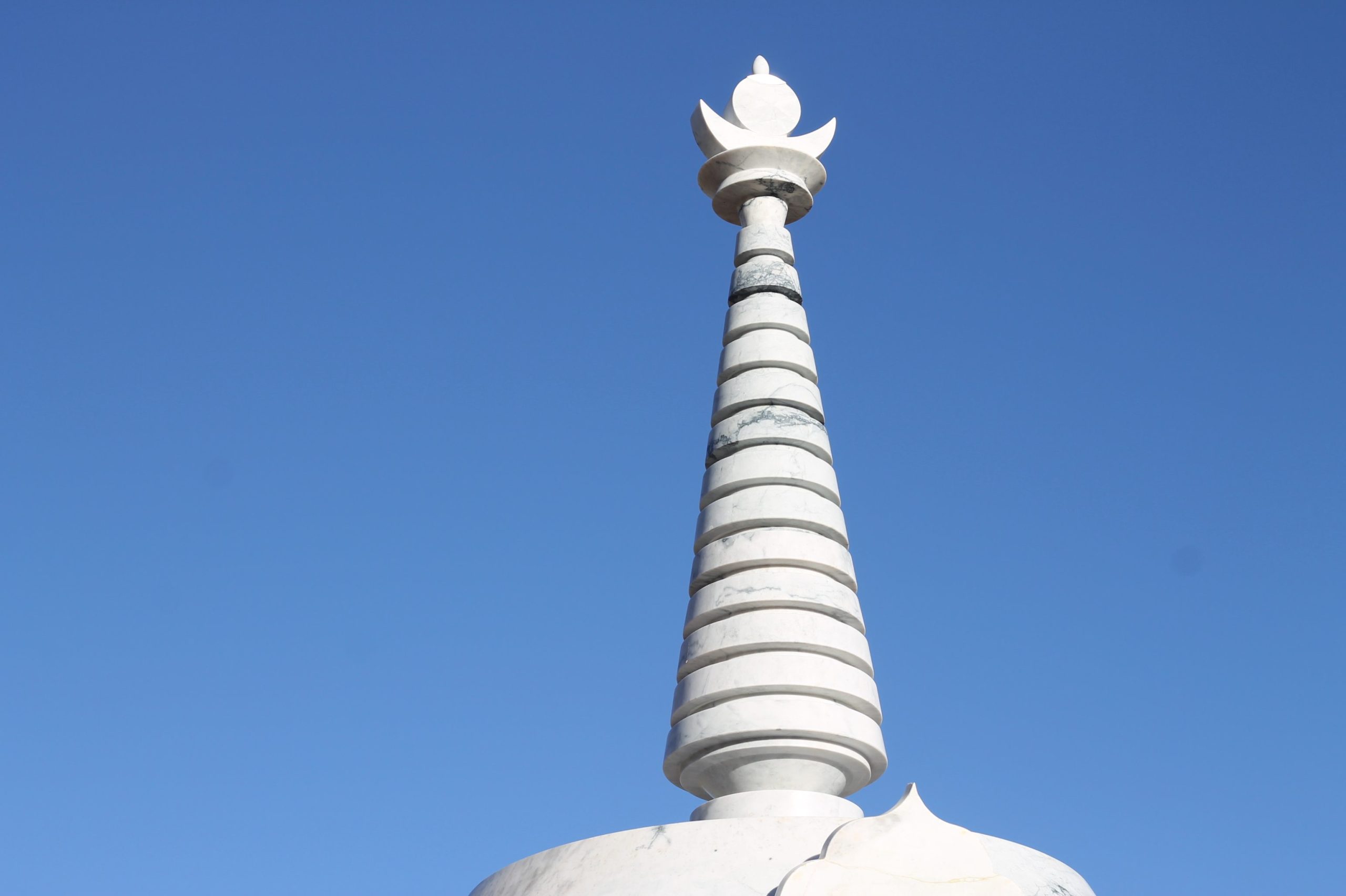
WHAT IS THIS
Supari Kirti / Good Name made eight pledges that turned him into a kind of superhero. By keeping these pledges and working towards these goals, he eventually turned into an Enlightened Being. Below is a list of the pledges he practiced, taking one small action per day.
Pledges:
- Stop sickness
- Stop blindness & such
- Stop hurting others to get hat you want
- Stop poverty
- Stop imprisonment
- Stop fear
- Stop conflict
- Stop danger to travelers
Source: The Two Sutras of the Medicine Buddha, translated by Dr. Eric Wu, Yan Tang & Geshe Michael Roach
WHY IS IT HERE
HOW DO I INTERACT
It is traditional and customary to circumambulate or walk around the stupa several times in a clockwise direction. Circumambulation is a devotional practice, and Buddhists circumambulate to show devotion, pay tribute, cultivate their minds, and accumulate merit…feel free to give it a try. While you do this, contemplate.
CONTEMPLATE
Je Tsongkhapa Center & Library
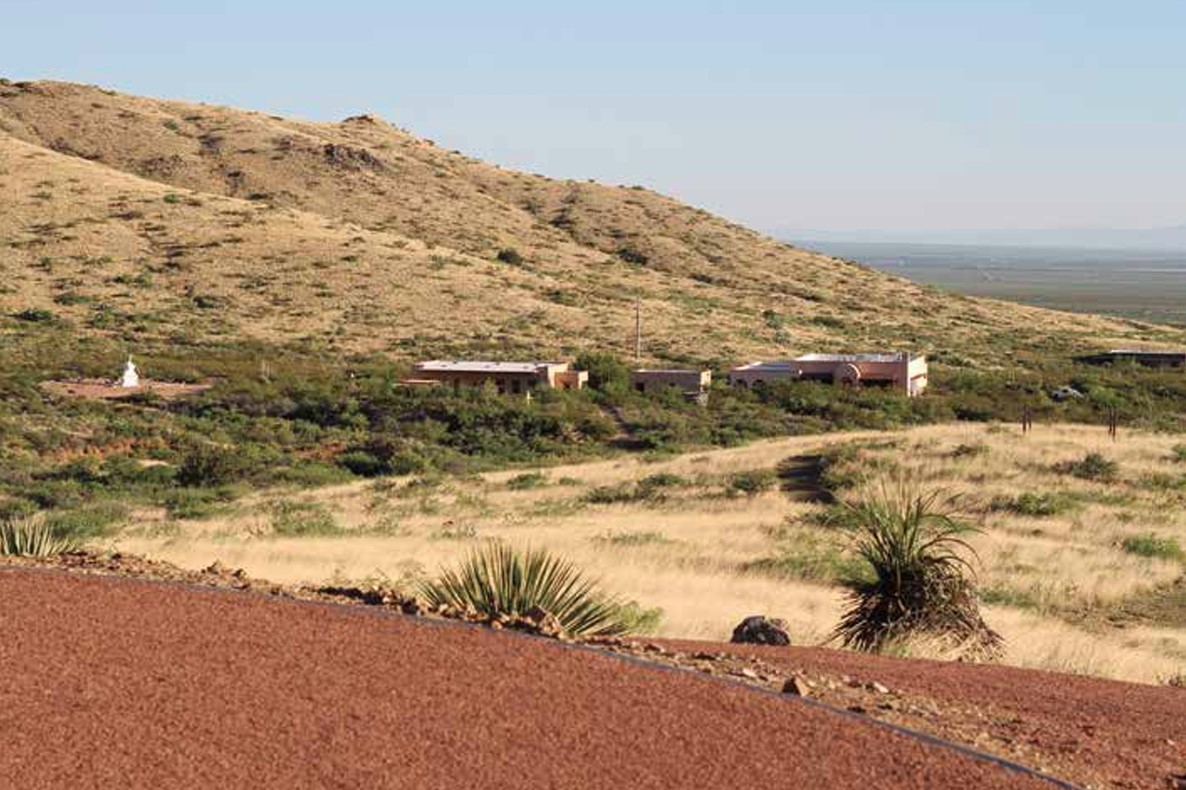
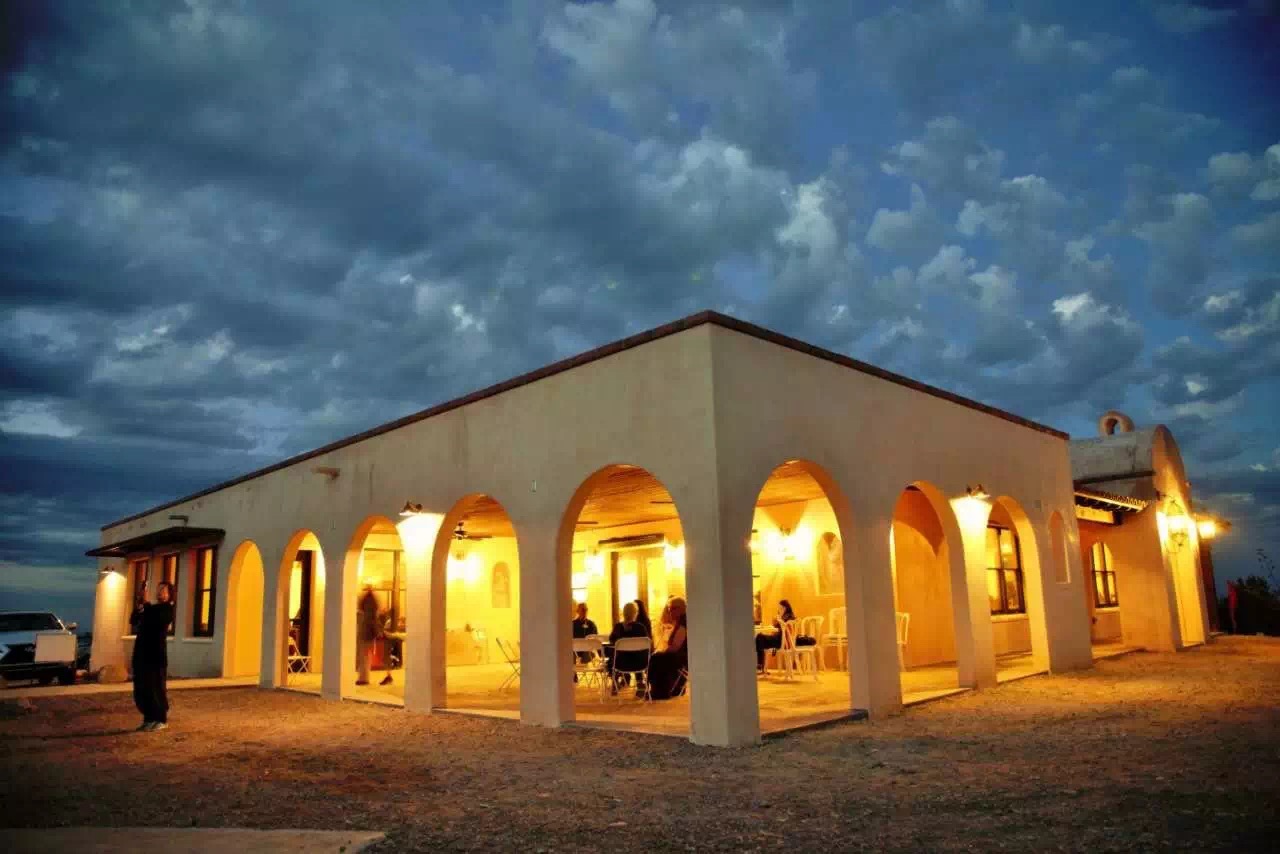
WHAT IS THIS
Je Tsongkhapa (1357–1419) is a well-known Tibetan religious philosopher. In his iconic form, wearing a tall yellow hat, he is the center of the Gelugpa (Tib. dge lugs pa) tradition. Also known as Je Rinpoche Lobsang Drakpa, Je Tsongkhapa was perhaps the single greatest commentator in the 2,500-year history of Buddhism. He was born in the district of Tsongka in eastern Tibet and took his first vows at a tender age. As a teenager, he had already mastered much of the teachings of Buddhism and was sent by his tutors to study at the great monasteries of Central Tibet. Here he studied under the leading Buddhist scholars of his day; it is said as well that he enjoyed mystic visions in which he met and learned from the different forms of the Buddha himself. The 18 volumes of Tsongkapa’s collected works contain eloquent and incisive commentaries on virtually every major classic of ancient Buddhism, as well as his famous treatises on the “Steps of the Path to Buddhahood.” His students contributed hundreds of their own expositions of Buddhist philosophy and practice. All of the teachings in the ACI archives are derived directly or indirectly from his writings and those of his students.
WHY IS IT HERE
HOW DO I INTERACT
Come inside! Feel free to sit down, get a refreshment, read a book from the library, chat with a staff member or volunteer, take time to journal, ask as many questions as you like, or connect with other visitors.
Future and Final Vision for the Project
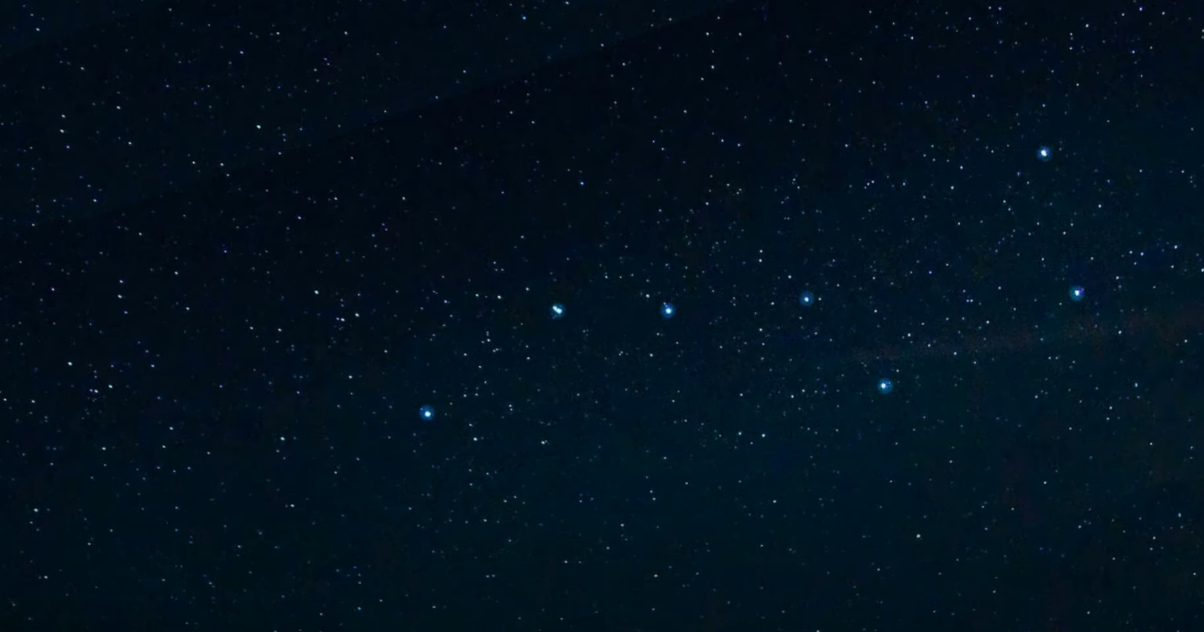
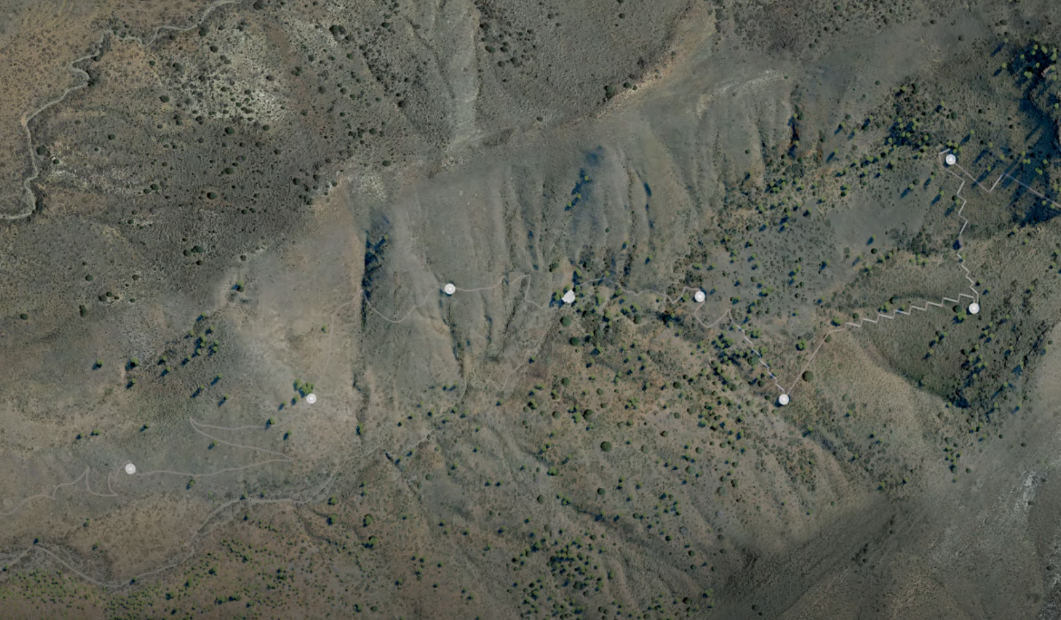
The Big Dipper has been deeply involved in many philosophies. It is in the shape of a spoon and the direction of the handle corresponds to the seasons on Earth. The line connecting the two stars in the spoon head points to the eighth star, Polaris, representing the Shakyamuni Buddha. Stars in the northern hemisphere rotate around Polaris.
The seven Medicine Buddhas have seven spectral colors. They surround the Polaris, the Shakyamuni Buddha. The seven Stupas are arranged according to the shape of the Big Dipper. We hope to have a temple near the top of the mountain.
The Big Dipper in the sky, the Big Dipper on the ground at Diamond Mountain, and human beings correspond with each other. The seven stupas are the Dharmakaya
of the seven Medicine Buddhas, which connect with the paradises of the seven Medicine Buddhas and bless the whole world. If they reside at Diamond Mountain, it symbolizes that Diamond Mountain will be a spiritual practice center and place of hope and healing in the world.
For more information on the progress of the Stupa project visit www.diamondmountain.org/stupa-updates/
Please support our vision of hope and healing.
Dedication
By the goodness
Of what we have just done
May all beings
Complete the collection
Of merit and wisdom,
And thus gain the two
Ultimate bodies
That merit and wisdom make
We would like to thank our generous donors around the world. In addition, we are grateful for the support of Line and Space, D.O. Ward’s Custom Builders, Inc. , Cochise Marble, and everyone who has made this project possible.
We especially honor Dr. Eric Wu for his inspiration and vision.
We pay tribute to our Teacher, Geshe Michael Roach, for his guidance, encouragement and blessings.

